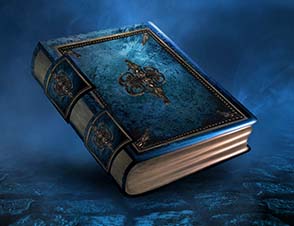The Mirrodin Red Dilemma: Pyrite Spellbomb!
Ken wrote,”Spellbomb does one thing very well… it kills Spikeshot Goblin.” Well Ken, I hate to burst your little fantasy bubble but Pyrite Spellbomb burns every two-toughness creature. It kills both of Blue’s best commons, Neurok Spy and Somber Hoverguard. It also kills Black’s best creatures, Nim Shrieker and Pewter Golem. Pyrite Spellbomb kills Skyhunter Cub, Auriok Transfixer and all of the Myrs.
Have you noticed the pattern? Pyrite Spellbomb kills good creatures. The only downside of Pyrite Spellbomb is that it is weak versus the Green creatures in Mirrodin. It doesn’t kill Tel-Jilad Chosen, Tel-Jilad Exile or Tel-Jilad Archers, but then again Hematite Golem doesn’t do very much versus these guys either.

